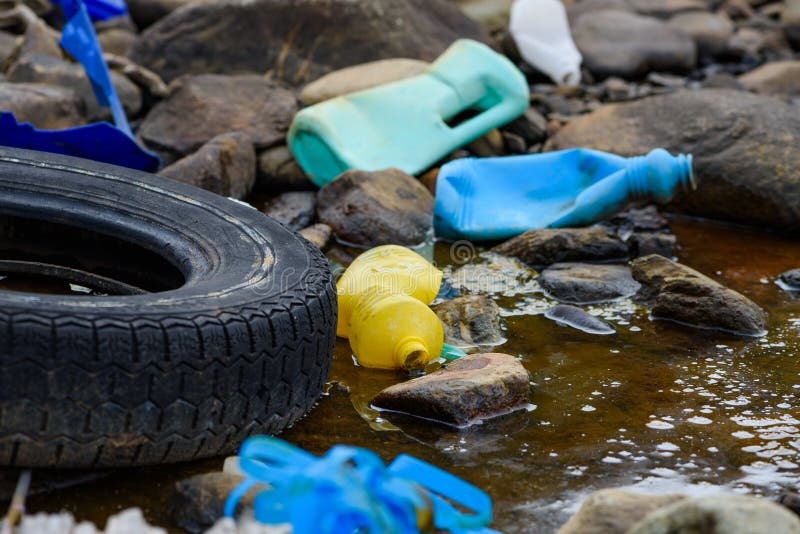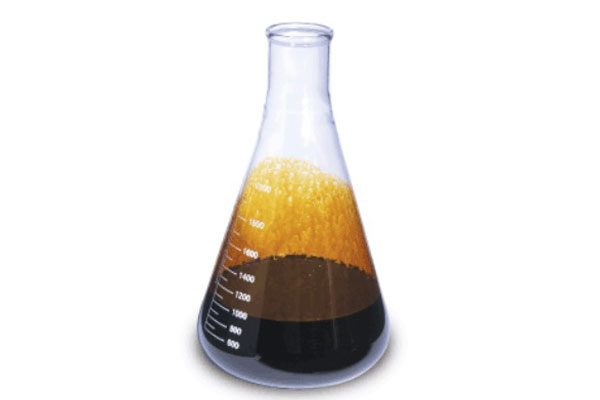In the quest for sustainable and eco-friendly solutions, the pyrolysis process has emerged as a promising technology. Pyrolysis involves the thermal decomposition of organic materials in the absence of oxygen, resulting in the production of valuable byproducts such as biochar, bio-oil, and syngas. This innovative approach not only offers a solution to waste management but also provides renewable energy sources and carbon sequestration. In this comprehensive guide, we’ll delve into the fundamentals of the plastic pyrolysis machine, its applications, benefits, challenges, and future prospects.

Understanding Pyrolysis:
Pyrolysis is a thermochemical conversion process that involves heating organic materials, such as biomass, plastic, or rubber, in the absence of oxygen. This absence of oxygen prevents combustion and allows the organic material to undergo thermal decomposition, breaking down into smaller molecules. The primary products of pyrolysis are biochar (solid carbonaceous residue), bio-oil (liquid fraction), and syngas (gaseous mixture of carbon monoxide, hydrogen, and methane).
Types of Pyrolysis:
Pyrolysis can be categorized into three main types based on the operating conditions and end products:
a. Slow Pyrolysis: Slow pyrolysis involves heating biomass materials at relatively low temperatures (300-500°C) over an extended period (several hours to days). This gradual heating rate promotes the formation of biochar as the primary product, with smaller quantities of bio-oil and syngas. Slow pyrolysis is often used for the production of biochar for soil amendment and carbon sequestration.
b. Fast Pyrolysis: Fast pyrolysis operates at higher temperatures (500-800°C) and shorter residence times (a few seconds to minutes). This rapid heating rate maximizes the production of bio-oil as the main product, along with smaller amounts of biochar and syngas. Fast pyrolysis is commonly employed for the production of bio-oil for biofuels, chemicals, and energy generation.
c. Batch Pyrolysis: Batch type operates at moderate temperatures (300-500°C) and residence times, striking a balance between slow and fast pyrolysis. This process typically produces biochar as the primary product, along with significant quantities of bio-oil and syngas. Intermediate pyrolysis is suitable for applications requiring a combination of biochar and bio-oil, such as bioenergy production and waste valorization. Besides, the mobile pyrolysis system is convenient for moving.
Applications of Pyrolysis:
The versatility of the pyrolysis process makes it applicable across various industries and sectors:
a. Waste Management: Pyrolysis offers a sustainable solution for the treatment of organic waste, including agricultural residues, municipal solid waste, and sewage sludge. By converting organic waste into biochar, bio-oil, and syngas, pyrolysis mitigates environmental pollution, reduces landfill volumes, and generates renewable energy.
b. Energy Production: The bio-oil and syngas produced through pyrolysis can be utilized as renewable energy sources for heat and power generation. Bio-oil can be upgraded into transportation fuels or used as a feedstock for chemical synthesis, while syngas can be combusted directly in gas turbines or used for the production of hydrogen and other chemicals.
c. Soil Amendment: Biochar produced from pyrolysis is rich in carbon and nutrients, making it an effective soil amendment for improving soil fertility, water retention, and nutrient cycling. Biochar application enhances crop productivity, mitigates soil erosion, and sequesters carbon dioxide from the atmosphere, contributing to climate change mitigation and sustainable agriculture.
d. Chemicals and Materials: Bio-oil derived from pyrolysis can be further processed into valuable chemicals, such as phenols, furans, and hydrocarbons, for use in various industrial applications, including plastics, resins, and adhesives. Additionally, biochar can be utilized as a precursor for activated carbon, carbon black, and other high-value materials.

Benefits of Pyrolysis:
Pyrolysis offers several advantages compared to traditional waste management and energy production methods:
a. Environmental Sustainability: Pyrolysis reduces greenhouse gas emissions, air pollutants, and landfill volumes by diverting organic waste from incineration and landfilling. The production of biochar enhances soil health and carbon sequestration, contributing to climate change mitigation and sustainable land management.
b. Resource Recovery: Pyrolysis allows for the recovery of valuable resources, including biochar, bio-oil, and syngas, from organic waste streams. These resources can be utilized for energy generation, soil amendment, and chemical production, reducing the reliance on finite fossil fuels and virgin materials.
c. Economic Viability: Pyrolysis presents economic opportunities through the production of renewable energy, bio-based products, and value-added materials. The sale of biochar, bio-oil, and syngas can generate revenue streams, while cost savings can be achieved through waste diversion and resource recovery.
d. Technological Innovation: Advances in pyrolysis technology, process optimization, and product development continue to drive innovation and commercialization in the field. New pyrolysis reactor designs, catalysts, and feedstock pre-treatments are enhancing process efficiency, product quality, and scalability, expanding the potential applications of pyrolysis. Contact the suitable manufacturer for the technology and batch pyrolysis plant.
Challenges and Limitations:
Despite its many benefits, pyrolysis also faces several challenges and limitations:a. Feedstock Availability: The availability and quality of feedstock, such as biomass or waste materials, can vary depending on factors such as geographic location, seasonality, and land use practices. Ensuring a consistent and reliable feedstock supply is essential for the successful operation of pyrolysis facilities.
b. Technological Complexity: Pyrolysis technology requires specialized equipment, expertise, and infrastructure for efficient and safe operation. The design, construction, and maintenance of pyrolysis reactors, heat transfer systems, and emissions control devices can be technically challenging and capital-intensive.
c. Product Quality and Market Demand: The quality and composition of pyrolysis products, such as biochar and bio-oil, can vary depending on feedstock characteristics, process conditions, and post-processing treatments. Meeting market specifications and demand for these products may require additional processing, testing, and certification.
d. Regulatory and Policy Frameworks: Pyrolysis facilities must comply with environmental regulations, waste management standards, and renewable energy policies governing air emissions, water discharge, and waste disposal. Regulatory uncertainty, permitting delays, and evolving sustainability criteria can pose challenges to project development and investment.
- Future Prospects:
Despite the challenges, the future prospects of pyrolysis remain promising, driven by increasing environmental concerns, resource constraints, and energy security issues. Advances in pyrolysis technology, process optimization, and product innovation are expected to enhance the efficiency, scalability, and commercial viability of pyrolysis systems. Furthermore, supportive policy frameworks, financial incentives, and public-private partnerships can stimulate investment and market uptake of pyrolysis-based solutions.
Conclusion:
The pyrolysis process represents a sustainable and versatile technology for waste management, energy production, and resource recovery. By converting organic materials into biochar, bio-oil, and syngas, pyrolysis offers environmental, economic, and social benefits, contributing to climate change mitigation, circular economy principles, and sustainable development goals. Despite the challenges and limitations, ongoing research, development, and deployment efforts are driving innovation and commercialization in the field, paving the way for a brighter and greener future powered by pyrolysis.